In this video, Ernst Götsch explains and demonstrates the formation of a nest to grow prickly pear (Opuntia ficus-indica). The explanations are valid for any of the various species of Cactaceae that have the typical flat-stemmed palm shape.
The uses of this plant are numerous:
- edible fruits, flowers and rackets (which are not leaves, but cladodes or modified stems);
- it is a very resistant species and rich in water, so it is usually used for animal feed in regions under severe drought conditions;
- it has landscape appeal and works as an excellent hedge;
- and it is still possible to extract essential oil from its seeds with cosmetic properties.
In Syntropic Agriculture the palm is seen as a key species to deal with typical semiarid conditions. Generally, in a consortium with Aloe vera, castor bean (Ricinus communis) and sisal (Agave sisalana), these plants form a vegetative cover capable of continuing to do photosynthesis even when other species could no longer withstand heat and drought. The result of its metabolism, in turn, promotes syntropic modifications in the environment, creating just the right conditions for other more demanding species to be established in the future.
It is curious to observe in this video the choice of species that will work as placenta for the palm. Garlic, onions and radishes will serve as the first protection for the newly planted palm. The small external supply of manure that has been given will benefit them all at the same time, as the growth of one stimulates the growth of the other. In addition to the cover made with dry grass available in the surroundings, the future source of organic matter for that nest was also planted all around: vetch, wheat or barley – not to be harvested, but to be pruned and incorporated into the nest.
These were the species chosen in this case because this nest was made in the Mediterranean context during the winter. But they could, for example, be replaced in the Brazilian semiarid by a set of seeds composed of beans, corn, gandu (Cajanus cajan), fava (Vicia faba) and also fruits, such as cashew (Anacardium occidentale), umbu (Spondias tuberosa), pineapple (Ananas comosus), araticum (Annona montana), papaya (Carica papaya), etc. For the supply of organic matter, we would have aroeira (Schinus terebinthifolius), gliricídia (Gliricidia sepium), sabiá (Mimosa caesalpiniaefolia), etc. There are also experiments in the Brazilian semi-arid with palm plantation as a living tutor for passion fruit.
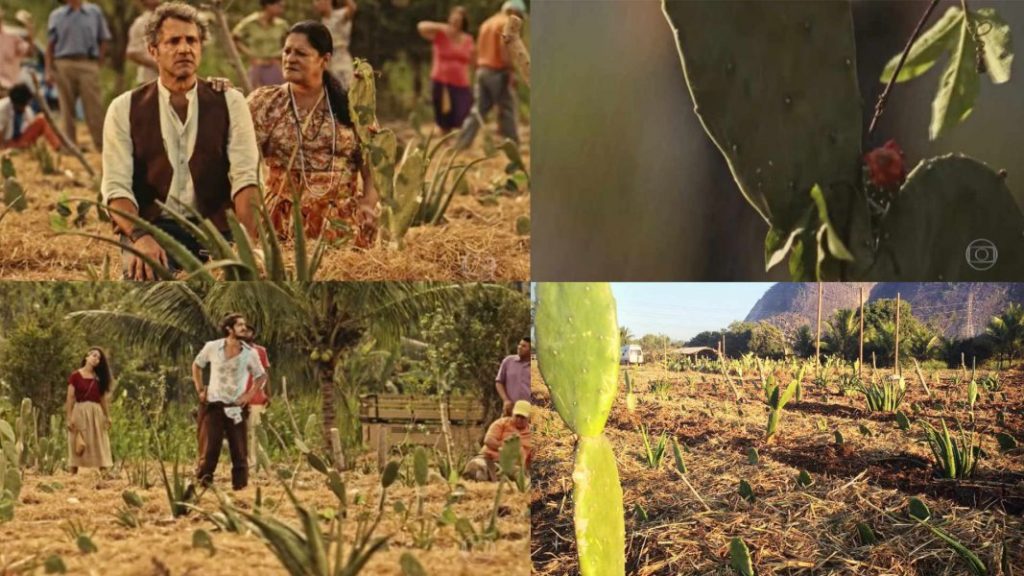
The palm and passion fruit consortium was represented in the telenovela “Velho Chico” on the scene inspired by a real experience in syntropic agriculture.
That is, the logic is the same. Fast-growing species are selected for initial harvesting and for rapid protection of tree seeds and seedlings, as well as species that function as our fertilizer factory, with good growth and that react well to pruning. Considering these characteristics and functions, the nest composition can be translated and adapted to any other specific local conditions.
On the other hand, through Syntropic Agriculture perspective, what we see are areas so degraded by the inconvenient action of the human being that today only species like the palm are able to thrive. And the work they do through their metabolism is to modify and improve those conditions, in the syntropic sense, as all other species do. The role of the syntropic farmer, in this case, would be to potentiate the work the palm is already doing, including plants that interest us and working in favor of nature, helping all species to thrive.


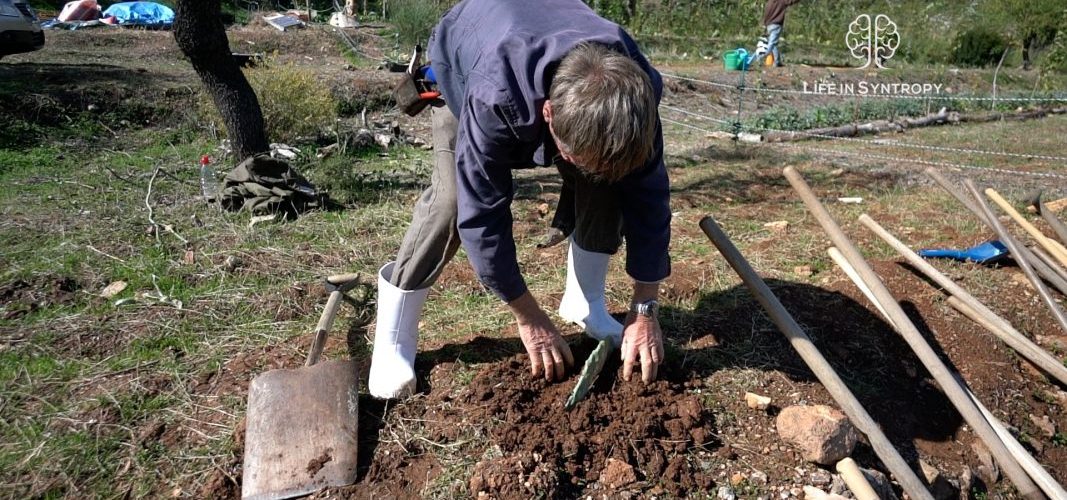
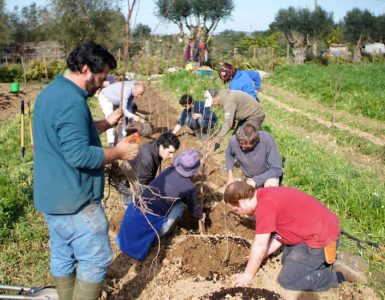
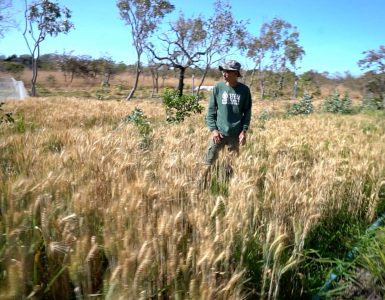
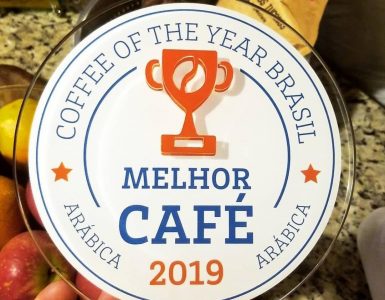

Great video and timely since I’m about to plant my first prickly pear consortium. Thanks!
Thanks a lot Tom! We are happy you enjoyed 🙂
obrigado 🙂